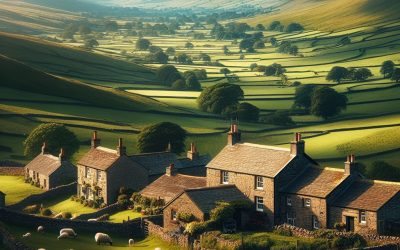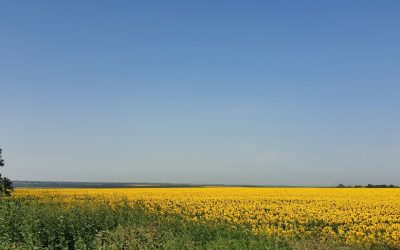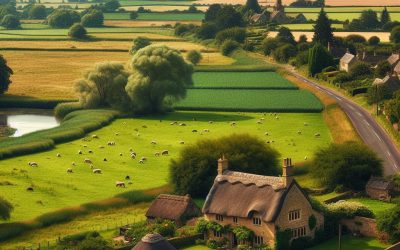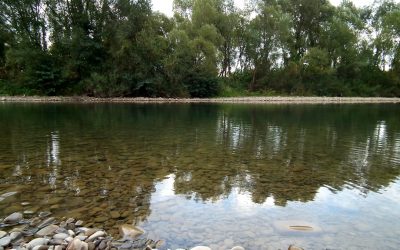Devon, England
Located in the southwest of England, Devon is a county known for its stunning natural beauty and rich history. With its diverse landscape, from the rolling hills of Dartmoor to the dramatic cliffs of the Jurassic Coast, Devon offers visitors a wide range of outdoor...
Derbyshire, England
Derbyshire is a county located in the East Midlands region of England. It is bordered by several other counties, including Nottinghamshire, South Yorkshire, and Staffordshire. The county has a rich history that dates back to Roman times, and it has played an important...
Cumbria, England
Cumbria, located in the northwest of England, is a county known for its stunning natural beauty and rich history. It is bordered by Scotland to the north, Northumberland to the east, County Durham and North Yorkshire to the southeast, Lancashire to the south, and the...
Cornwall, England
Cornwall, located in the southwestern part of England, is a region known for its stunning coastline, rich history, and vibrant culture. This blog post will provide a comprehensive guide to Cornwall, covering its history from ancient times to the present day, the best...
Discovering the Hidden Gems of Zhytomyr: A British Traveller’s Guide
Zhytomyr, a lesser-known destination in Ukraine, is a hidden gem that British travellers should consider visiting. Located in the western part of the country, Zhytomyr offers a unique blend of rich history, stunning architecture, delicious cuisine, and warm...
Cheshire, England
Cheshire is a county located in the North West of England. It is bordered by Merseyside and Greater Manchester to the north, Derbyshire to the east, Staffordshire and Shropshire to the south, and Wales to the west. With a population of over one million people,...
Exploring the Hidden Gems of Zaporizhzhya: A Journey through Ukraine’s Industrial Heartland
Zaporizhzhya, located in southeastern Ukraine, is a city that holds great significance in the country’s industrial development. With a population of over 750,000 people, it is the sixth-largest city in Ukraine and serves as a major economic hub. The city is...
Cambridgeshire, England
Cambridgeshire is a county located in the East of England. It is bordered by Lincolnshire to the north, Norfolk to the northeast, Suffolk to the east, Essex to the southeast, Hertfordshire to the south, Bedfordshire and Northamptonshire to the west, and Rutland to the...
Exploring the Hidden Gems of Zakarpattya: A Journey Through Uzhhorod
Uzhhorod, located in western Ukraine, is a city that serves as the gateway to the beautiful region of Zakarpattya. Nestled in the Carpathian Mountains, Uzhhorod is known for its rich history, vibrant culture, delicious cuisine, and stunning natural beauty. In this...
Buckinghamshire, England
Buckinghamshire, located in the South East of England, is a county steeped in history and natural beauty. With its picturesque landscapes, charming villages, and rich cultural heritage, it has become a popular tourist destination. From the rolling hills of the...
Exploring the Hidden Gems of Volyn: Discovering the Charms of Luts’k
Volyn is a region in western Ukraine known for its natural beauty and rich culture. It is home to picturesque landscapes, charming towns, and a wealth of historical and cultural sites. One of the most notable cities in Volyn is Luts’k, the capital city of the...
Berkshire, England
Berkshire is a county located in the South East of England, known for its rich history, natural beauty, and royal connections. It is bordered by Oxfordshire, Buckinghamshire, Surrey, Hampshire, and Wiltshire. The county has a population of over 900,000 people and is...











